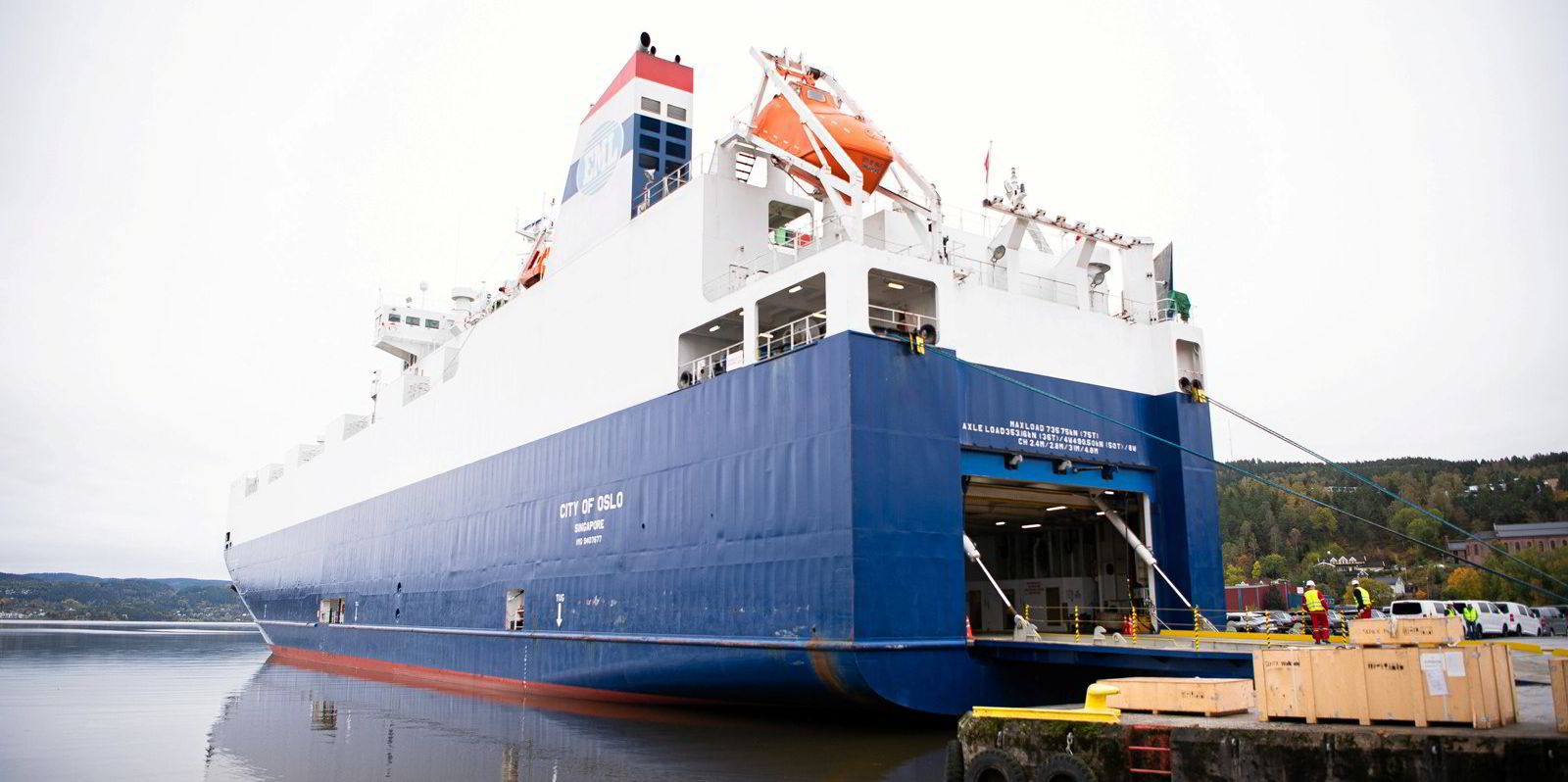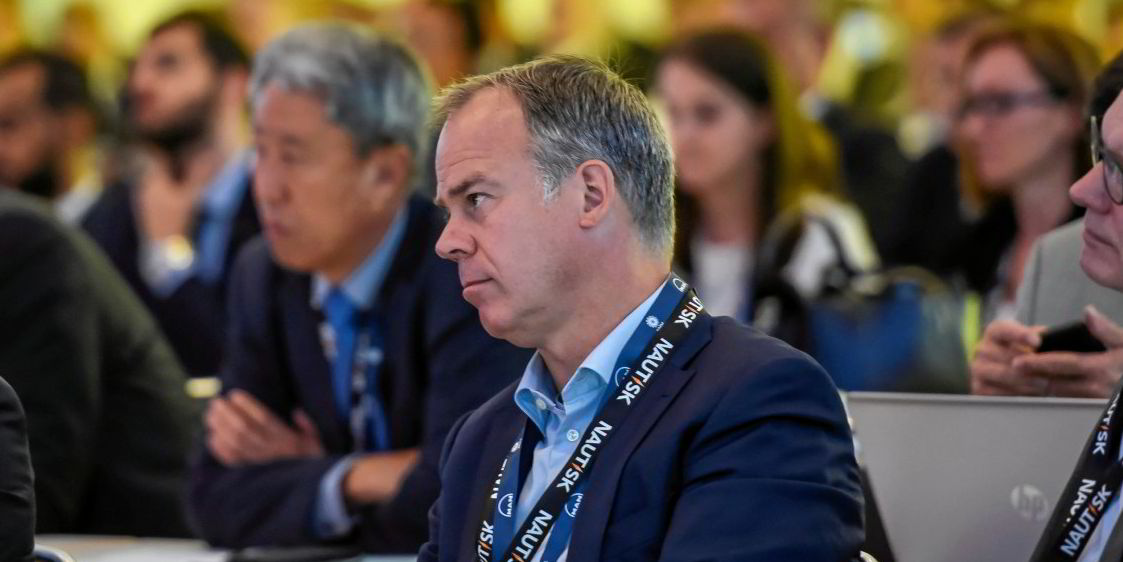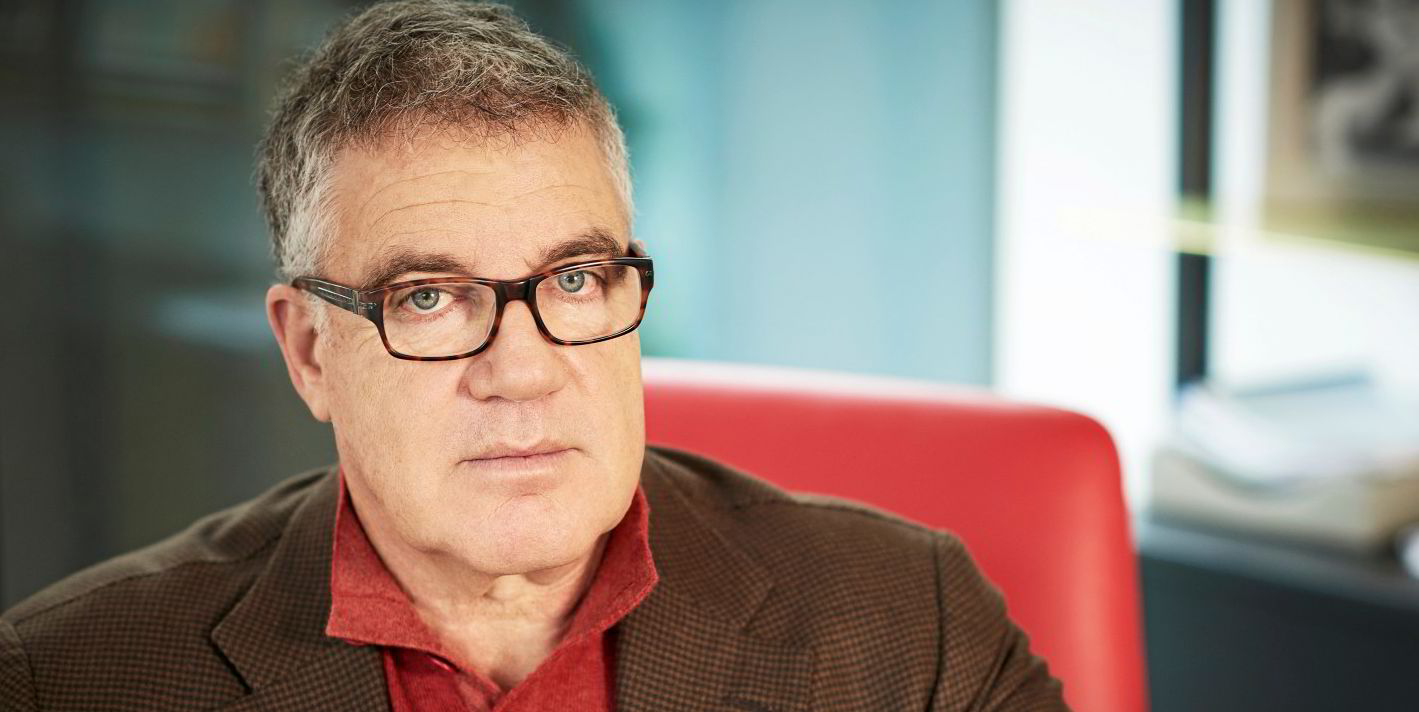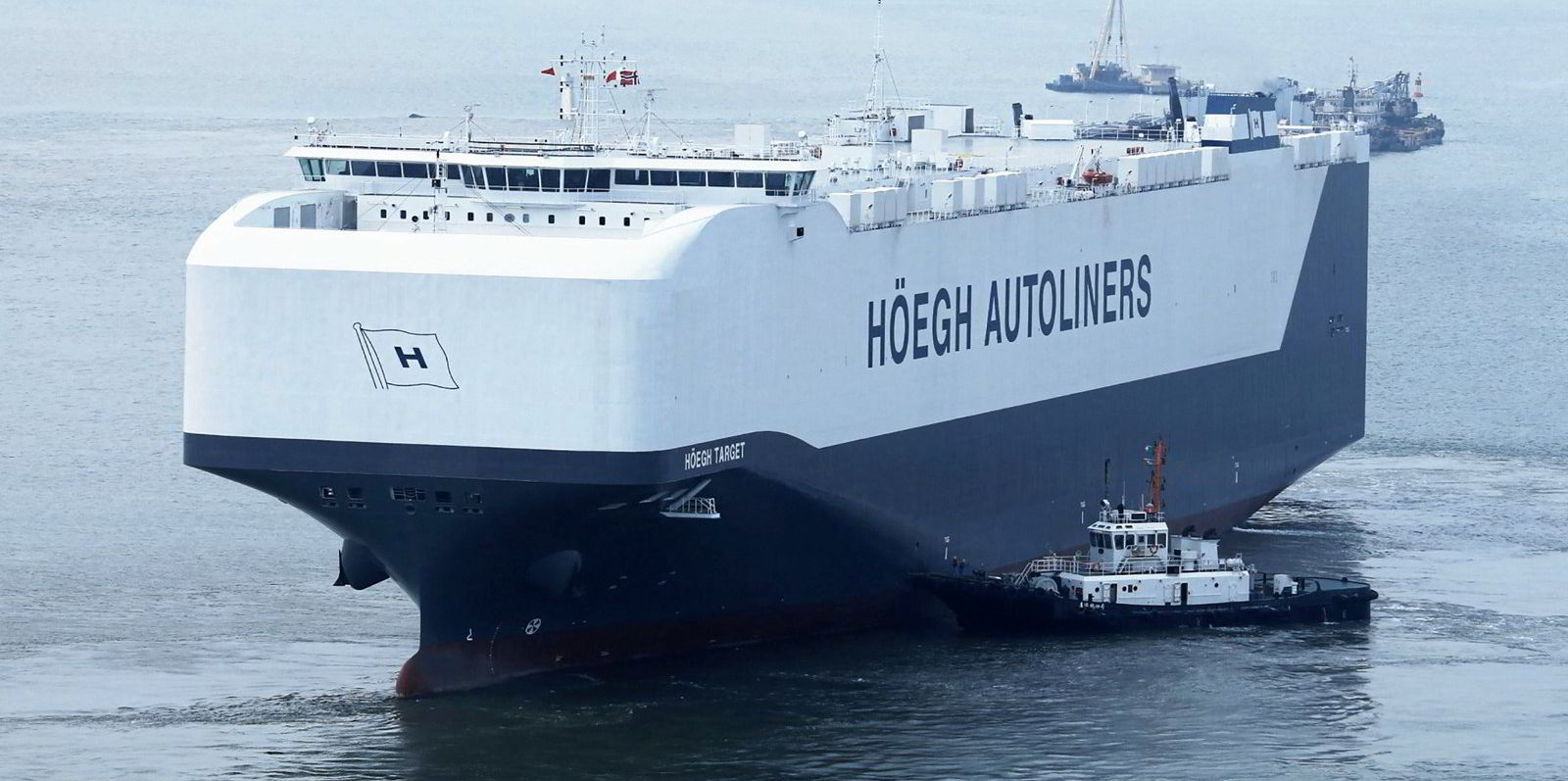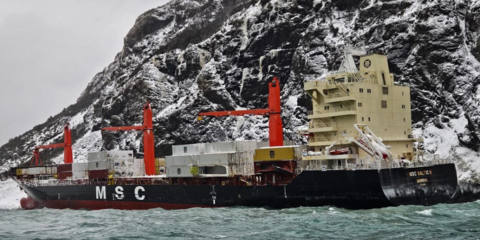Car carrier owners are steering their way towards big profits in the coming years as fleet growth remains very low.
Clarksons Platou Securities believes between 100 and 200 new vessels are needed from 2024 up to 2030 to meet demand growth and compensate for attrition due to age and new regulations.
The Norwegian investment bank, which is starting coverage of Oslo-listed owners Hoegh Autoliners and Wallenius Wilhelmsen with "buy" ratings, said there had been underinvestment in newbuildings for many years.
Net fleet growth is expected to be just 0.9% in 2022 and 0.7% in 2023.
In 2024, more ships are due for delivery, but net fleet growth is expected to stay below 3%.
At the same time, increased environmental focus and regulation will drive the need for significant fleet replacement, the company believes.
Supply-demand balance
Frode Morkedal, managing director of research at Clarksons Platou, said: "On the back of very low fleet growth and a strong recovery in global vehicles production, we expect the car carrier market to improve further in the years ahead."
"In sum, the supply-demand balance looks favourable for the foreseeable future," he added.
About 80% of the car carrier trade is shipments of new cars from factories. Global vehicle production is estimated to be less than 80m units in 2021.
Although up from the lows of 2020, this is still well below the 90m-plus units produced in 2019, according to Clarksons Platou's figures.
A lack of semiconductors has kept production below demand, but this appears to be easing as 2021 draws to a close.
Healthy volumes growth in sight
"We expect production growth to spur higher shipments during 2022 and 2023," Morkedal said.
Clarksons Platou is factoring in 9% volume growth in 2022 and 6% in 2023.
Operators like Hoegh Autoliners and Wallenius Wilhelmsen typically have a high share of volume contracts that last for several years.
Because of constrained fleet growth and the expected strong shipments ahead, the investment bank argues carmakers should be willing to raise net freight rates to secure capacity.
"We, therefore, expect upcoming rate renewals to be successful for car carrier operators," Morkedal said.
Swift rebound from the doldrums
Clarksons Platou was a joint bookrunner for Hoegh Autoliners' $152m November initial public offering in Oslo.
Clarksons shipbroking group's research arm Clarksons Research said the car carrier sector has seen an impressively swift and firm rebound this year from the severe impacts of Covid-19.
The market is now experiencing the strongest conditions since the financial crisis, it believes.
Sentiment is positive as improved demand and disruption upside factors have significantly tightened the market.
Seaborne car trade volumes in 2021 so far have remained well above the weakest levels seen in the second quarter of last year, as pent-up demand and economic improvements fed through.
The fleet stood at 764 vessels of 4m ceu at the start of November 2021, up just 1.1% from the start of the year.
A total of 11 vessels of 56,000 ceu were delivered from January to October.
Scrapping slowing down
Demolition has slowed markedly from last year's 23 ships of 114,000 ceu to just four ships of 13,000 ceu this year, Clarksons Research said.
With market conditions the strongest in years, there has been a rebound in newbuilding interest this year.
Another 37 ships of 259,000 ceu have been contracted in 2021, all of which will be LNG-capable.
"More orders are likely to be confirmed with fleet renewal in focus," the research company said.
The one-year time charter rate for a 6,500-ceu pure car truck carrier (PCTC) had risen to $34,000 per day by the end of November, the highest since mid-2008 and up from just $17,000 at the start of the year, and $10,000 in mid-2020.
The same term deal for a 5,000-ceu PCTC stood at $25,000 per day by November, up from as low as $7,500 per day in mid-2020.
But the company warned: "While fundamentals look positive for the coming years, some correction in rates from current highs remains possible as and when congestion and other disruption upside factors ease back."
